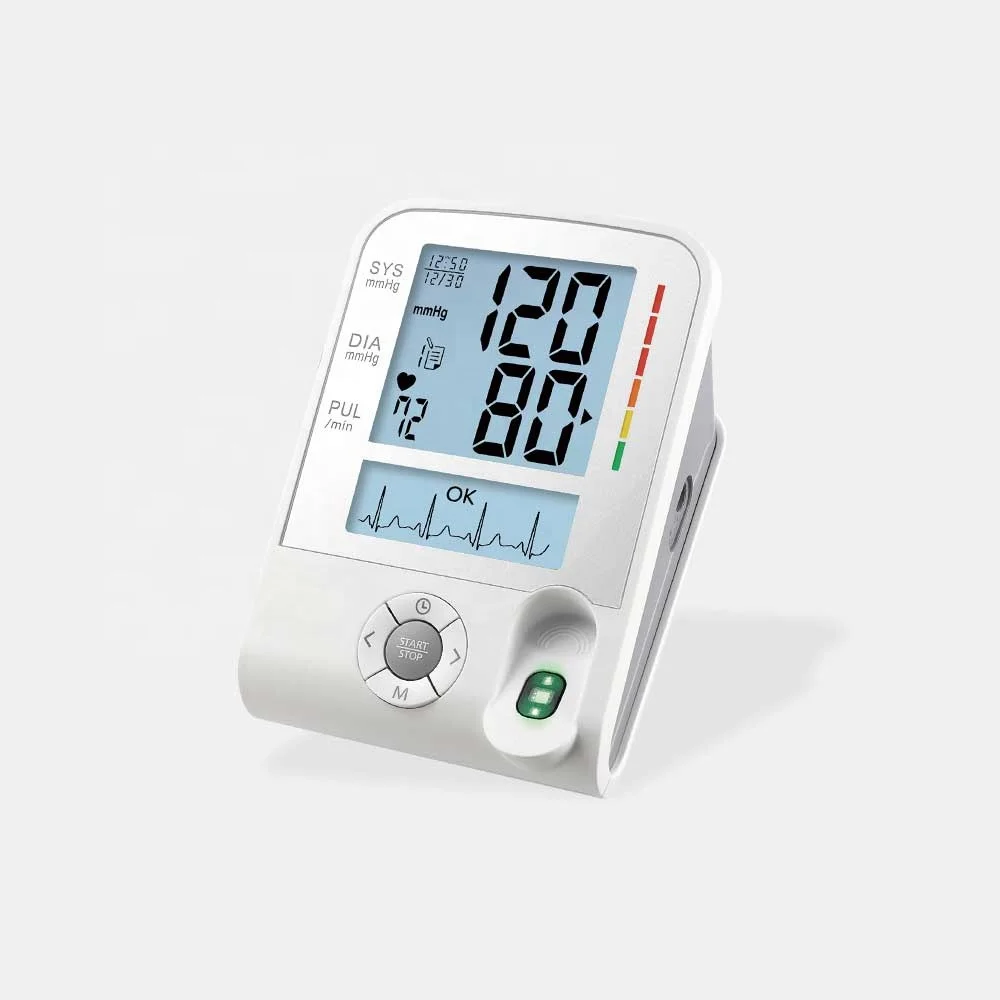
Stigma has surrounded epilepsy for centuries and can cause harm to the physical, mental, and social wellbeing of a person with epilepsy. More than 130 countries come together to promote awareness of epilepsy by hosting events, running campaigns, and more generally, to celebrate the inspiring stories of people who live with epilepsy.

If it's cold or hot outside, try comparing heart rates when you're inside vs when you're exposed to the weather.Today is International Epilepsy Day.Look at the effects of certain states on the amplitude and rate of heart action potentials-Recently run, recently drank caffeine, holding your breath, deep slow breaths vs rapid ones, sitting vs standing, age, general athleticism, etc.There are lots of different places you can put the electrodes for this experiment-what effect(s) do the different placements have on the signal you see? Is the signal different if you move the electrodes closer to one another? Closer to the heart?.To do this, you need to use a different Arduino Sketch, that you can find in this link.
#Cardiograph bpm software#
Our SpikeRecorder Software is designed to be easy to use, but if you want to hack an interface, you can modify our legacy processing sketch that also saves and displays the data.Are we recording Cardiac Action Potentials from the Pacemaker Cells, or are we recording the muscle contractions of the heart.You should see your increased heart rate on the Spike Recorder software. Disconnect your electrodes, and do some jumping jacks, jump rope, or running in place to increase your heart rate.If you want to record the data, press the red "record" button in the upper right side of the Spike Recorder Screen.



Sometimes placing electrodes on the wrists can be slightly noisy (don't flex your wrists, be completely relaxed), so the the cleanest signal can be found by attaching the red electrode clips above and below your heart on your upper left chest, and the black electrode ground clip on your upper right chest.If you have this older cable, place the red on your inner left wrist, the black on your inner right, and the ground (bare metal alligator clip) on the back of your hand. Note: Prior to Summer 2015 we shipped cables that had red, black, and bare alligator clips. Connect the red alligator clips on your inner wrists, and the bare metal clip on your back palm.Place one adhesive electrode on each inner wrist, and the another adhesive electrode on the back of one of your palms.We have found that the easiest signal can be obtained by placing the electrodes across the inner wrists. We at BYB are only beginning to learn about the concept of the "Einhoven Triangle", and the art of placing electrodes and interpreting ECG is university taught. You have many options for where to place the electrodes.In this experiment, we are going to monitor our heart rate and examine changes in it caused by our brain's cardiovascular center.


 0 kommentar(er)
0 kommentar(er)
